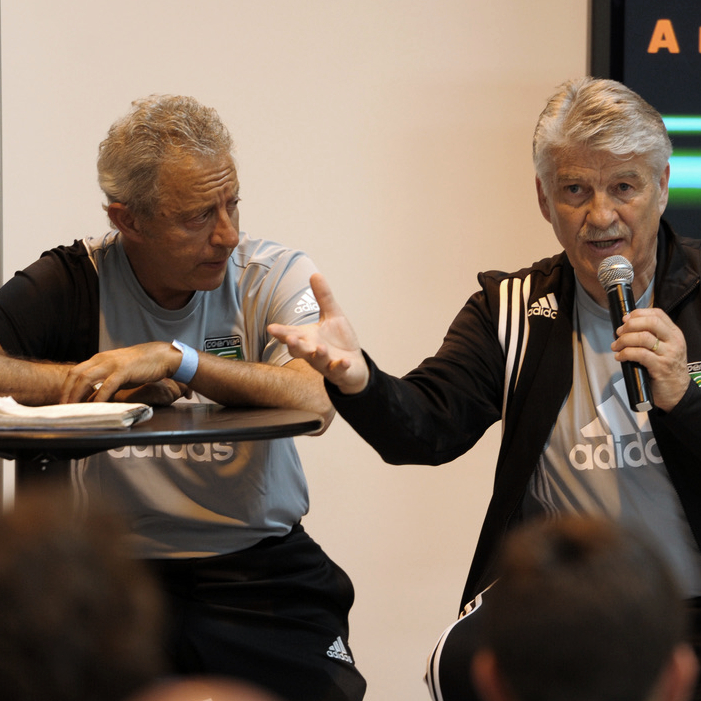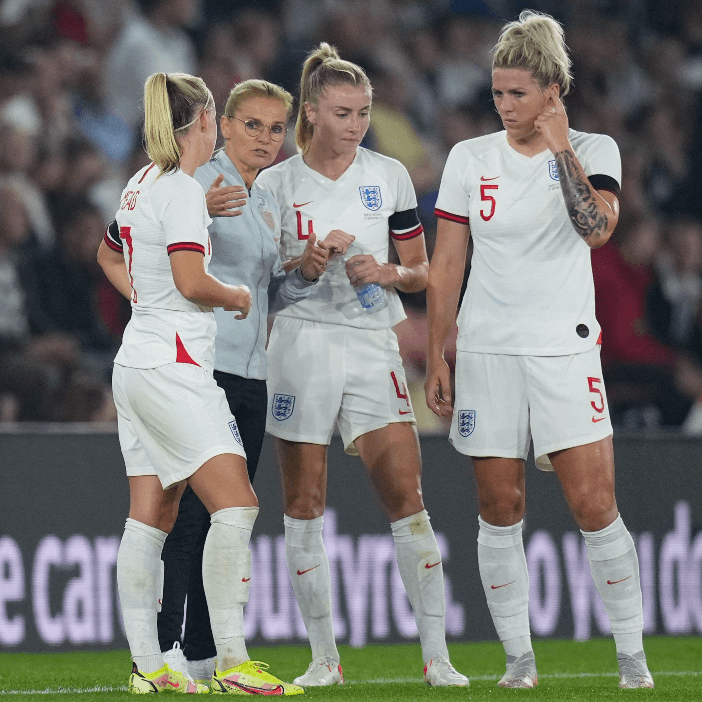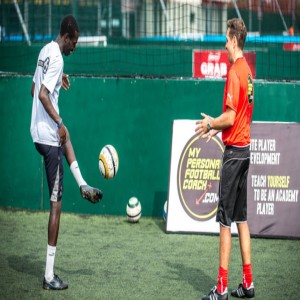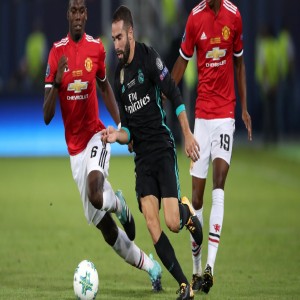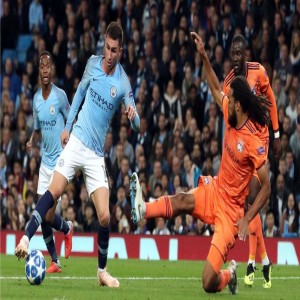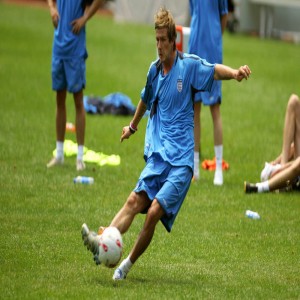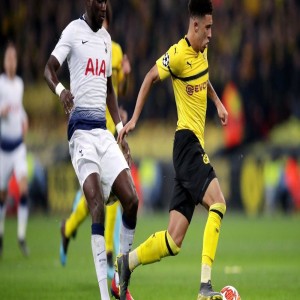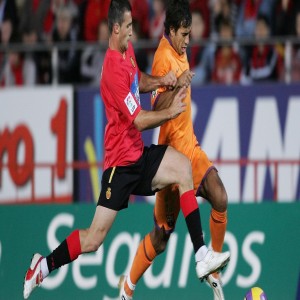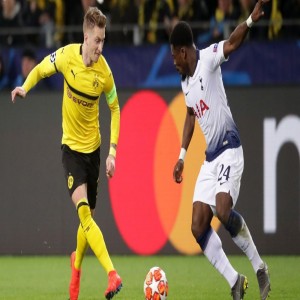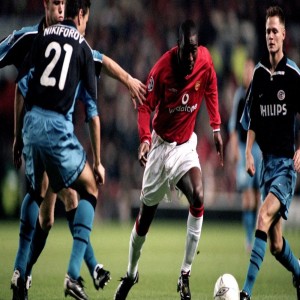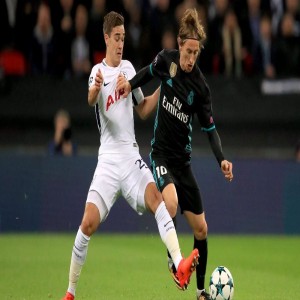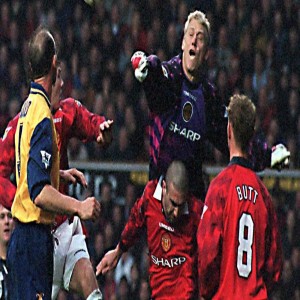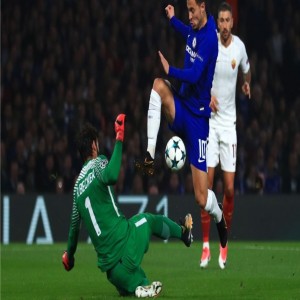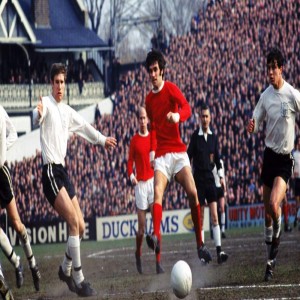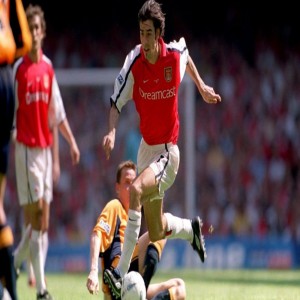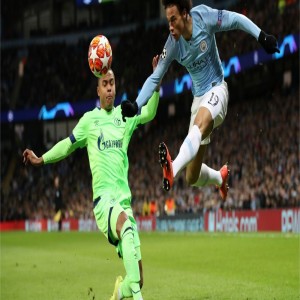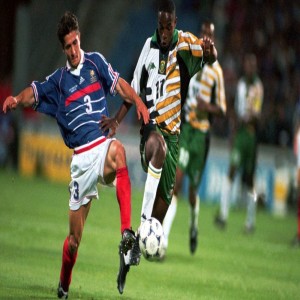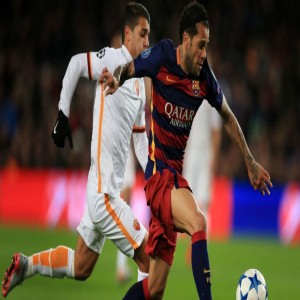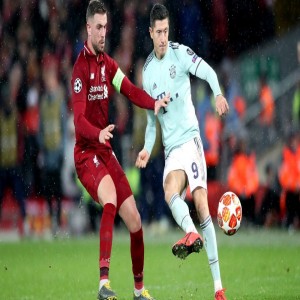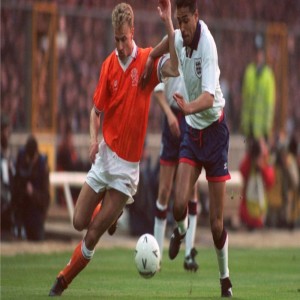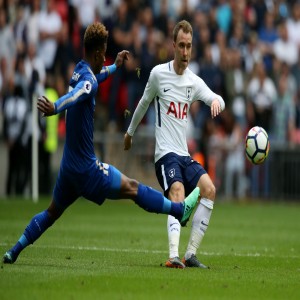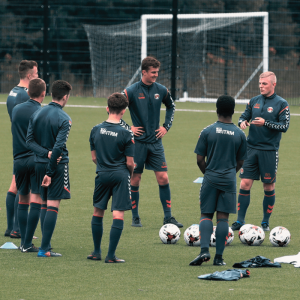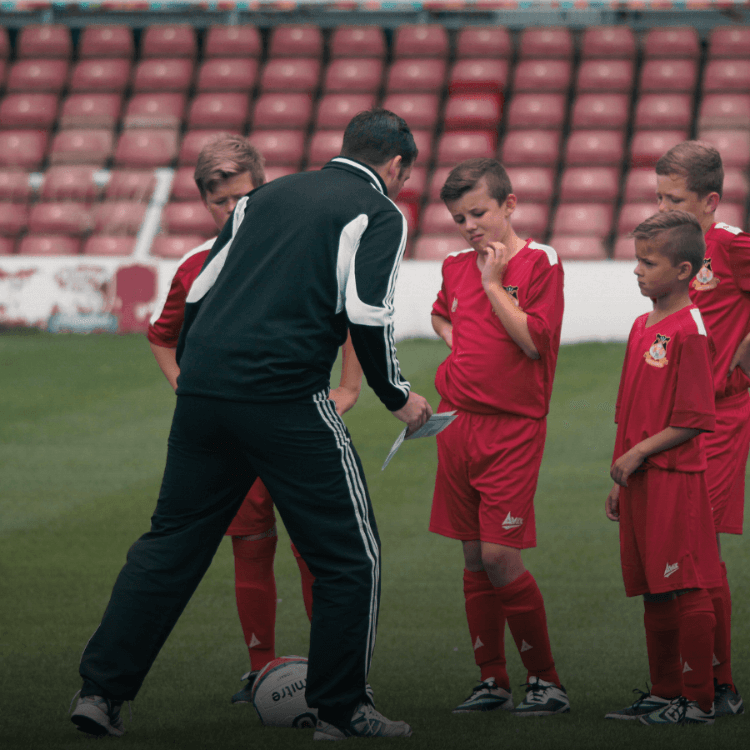Training features
From pro players,
development coaches & performance experts.
From pro players,
development coaches & performance experts.
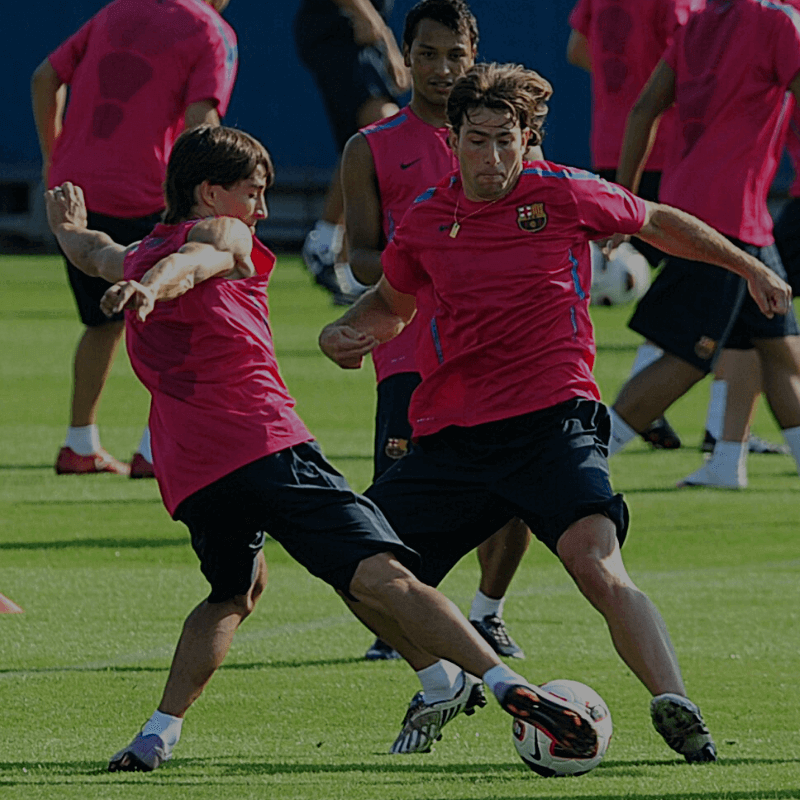

Positions
Tactics
Technique
With the ball



Experiences
Advice
Methods
Insights

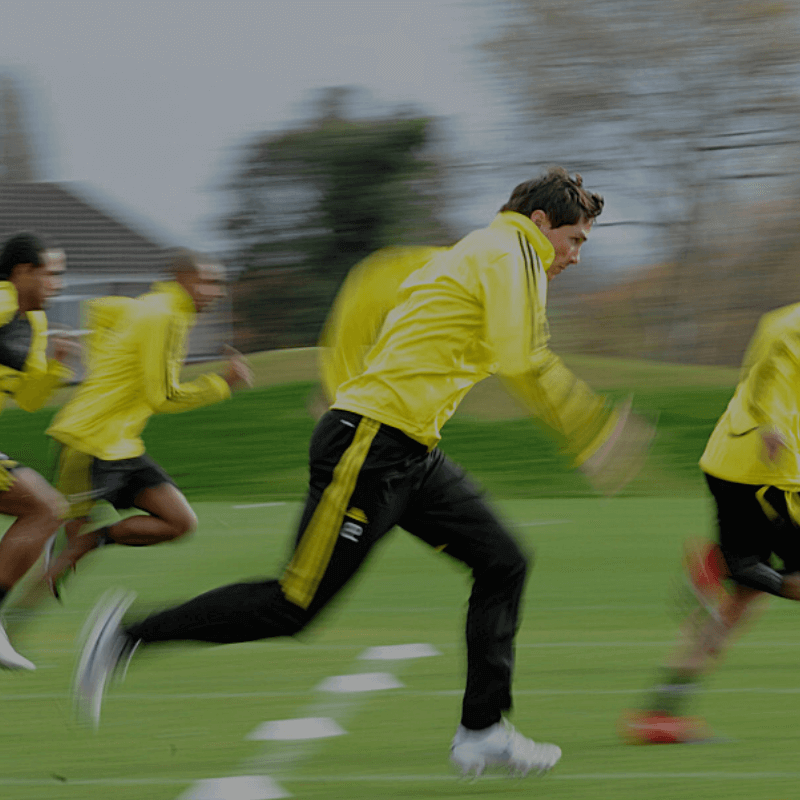

Physical
Performance
Sports science
The body



Attitude
Mindset
Well-being
Mentality

Formations
4-4-2 is the most traditional formation in English football. It relies on a flat back four, with full-backs that are capable of getting forward. The midfield four will contain two hard-working wingers. In the middle, there'll be a defensive-minded player, and a dynamic, creative midfielder. The two strikers work as a pair to create chances for each other. The system was used to great effect by Sir Alex Ferguson for Manchester United. He added the twist of letting the wingers swap sides throughout the match. This made the opposition full-backs job harder.
4-3-3 is fast becoming the formation of choice in European football. It became popular when used by Pep Guardiola at Barcelona. It has since been adapted by Jurgen Klopp at Liverpool. It uses a flat back four, with attack-minded full-backs. They can form passing triangles with the midfielders and the wingers further up the pitch. Having three centre midfielders means the manager can be flexible with the set-up. The striker has the option of getting into the box to meet crosses from wingers, or they can drop back to play through-balls. This formation suits counter-attacking very well.
The 5-3-2 is a defensive-minded system, but it can be devastating in attack when used correctly. The two strikers are target men who can hold up the ball and lay it off to onrushing midfielders and wing-backs. The system allows plenty of players to get forward, with the assurance that there's a libero (sweeper) and two more defenders staying back. Discipline is key, because if every midfielder attacks at once, the defence could be left exposed.
This system requires flexible midfielders. The flat back four is screened by a holding midfielder. There's then an attacking midfielder who has license to roam into space. With the two wide players, it creates a diamond. The two strikers then form an attacking triangle with the number 10 in behind them.
This formation is primarily defensive, but it's flexible. Having three central midfielders in front of a back four makes the team very hard to break down. It also means that the team can control the midfield and start attacks quickly. It's important to have goalscoring midfielders such as Frank Lampard, because there's only one striker. Jose Mourinho's Chelsea team used this formation to win back-to-back Premier League titles between 2004 & 2006.
This formation has grown in popularity. The wing-backs are key, as they play a role in every part of the pitch. They have to have incredible stamina. The three centre backs need discipline, and versatile midfielders allow the team to shift from defence to attack at pace. Having two strikers as well as wing-backs means there are always options in the box. In 2019/20, Inter Milan, Atalanta, and Sheffield United have all had success using this formation.
This is one of the more widely used formations today. It allows you to pack the midfield, whilst keeping width. The flat back four has two central midfielders in front. They could both be defensive, or one could be more forward-thinking. In front of them is a creative number 10, and two wingers. The wide players can come inside to work the ball into the box, or they can get wide and spread the opposition. This formation was used by Jurgen Klopp's Borussia Dortmund team in 2011/12 as they won the Bundesliga.
This is another formation that requires athletic full-backs. They have to overlap the midfielders at every opportunity. It's common for the two wider midfielders to be fast and attack-minded, to aid the full-backs. This formation suits the trequartista role, meaning it's more likely you'll see it being used in Italy. The player behind the two strikers is the creative spark of the team. One of the midfielders will hold back and form a back three if the full-backs have pushed forward.
The aim of this formation is to use the space that is often left between the midfield and defence. The two full-backs can get forward because there is two holding midfielders to cover the defence. Ahead of them is two creative, attacking players. They receive the ball and them look ahead to the two strikers. The four forward players can be very fluid, as they're all creative. Strikers such as Wayne Rooney and Dennis Bergkamp suit this system, as they are also able to play in midfield.
This formation is solid defensively due to the back four and the holding midfielder. The benefit of it is that it can easily transition into a more attacking formation. This allows the team to react quickly. The lone striker has to be a patient player, as they may get limited service. It's vital that the midfielders are athletic so they can assist the striker and do their defensive work. The wingers are also important as they still have a defensive duty, but they have to support the striker.
This is a very attacking formation, and can leave some teams exposed in wide areas. The wide midfielders/wing-backs are key, but how much defending they do is up to the manager. The central midfielders have an influence all over the pitch. They may have to cover the defence at times, but will also need to aid attacks. The three forwards are also flexible. Two of them can spread wide, or they can create tight passing triangles with the centre forward.
This is a very attacking formation, and it utilises the number 10 role very well. Even when the wing-backs choose not to aid the attack, there's still at least three creative goalscorers available. The use of a libero means the wing-backs can bomb on and create a seven-man attack. The centre midfielders main role is to win the ball and spread it to the wing-backs or the attacking midfielder. The two strikers have the option of receiving the ball to feet from the number 10, or getting on the end of crosses from the wing-backs.
This formation utilises every type of midfielder. There's a holding midfielder to protect the flat back four. There's two central midfielders who need to win back possession and launch attacks. Then there's a number 10 who links play with the goalscorers. The full-backs can overlap the midfielders to give the side width and provide crosses for the strikers. This is important because the middle of the pitch can get too busy if the full-backs don't attack.
The 4-3-2-1 is a formation that suits a target man upfront. The three midfielders or full-backs can get the ball to the striker who holds it up, and slips in advancing wingers. It's vital that the wingers are good finishers because they'll often find themselves through on goal. The centre midfielders have to move the ball quickly so that they don't miss the runs being made by the wing-backs or wingers.
The 4-4-1-1 formation is very similar to 4-4-2. The player behind the striker could be a striker themselves, or they could be an attacking midfielder. Wayne Rooney was very effective in this role as he was a perfect mixture of striker and attacking midfielder. The wide midfielders and full-backs are key to supporting the attack. One central midfielder can get forward when attacking provided the other stays and covers the defence. This can be adapted depending on the situation, showing the need for versatile midfielders.
Right Back
Centre Back
Centre Back
Left Back
Right Midfielder
Left Midfielder
Striker
Striker
Centre Midfielder
Goalkeeper
Centre Midfielder
Goalkeeper
Striker
Right Winger
Left Winger
Right Back
Centre Back
Centre Back
Left Back
Centre Midfielder
Centre Midfielder
Goalkeeper
Centre Midfielder
Centre Midfielder
Wing Back
Wing Back
Centre Back
Libero/Sweeper
Centre Back
Centre Forward
Striker
Goalkeeper
Right Back
Centre Back
Centre Back
Right Midfielder
In The Hole (No.10)
Striker
Left Back
Left Midfielder
Striker
Holding (Defensive) Midfielder
Goalkeeper
Right Back
Centre Back
Centre Back
Left Back
Centre Midfielder
Centre Midfielder
Centre Midfielder
Centre Forward
Left Midfielder
Right Midfielder
Goalkeeper
Centre Back
Centre Back
Centre Back
Centre Midfielder
Centre Midfielder
Centre Midfielder
Wing Back
Wing Back
Striker
Centre Forward
Goalkeeper
Right Back
Left Back
Centre Back
Centre Back
Holding (Defensive) Midfielder
Holding (Defensive) Midfielder
In The Hole (No.10)
Striker
Left Winger
Right Winger
Goalkeeper
Centre Back
Centre Back
Centre Midfielder
Centre Midfielder
Centre Midfielder
Striker
Centre Forward
In The Hole (No.10)
Left Back
Right Back
Goalkeeper
Holding (Defensive) Midfielder
Striker
Centre Forward
Left Back
Centre Back
Centre Back
Right Back
Holding (Defensive) Midfielder
Goalkeeper
Left Back
Centre Back
Centre Back
Right Back
Centre Midfielder
Centre Midfielder
Holding (Defensive) Midfielder
Right Midfielder
Left Midfielder
Striker
Centre Back
Libero/Sweeper
Centre Back
Centre Midfielder
Centre Midfielder
Left Midfielder
Right Midfielder
Striker
Striker
Centre Forward
Goalkeeper
Centre Back
Centre Back
Libero/Sweeper
Left Midfielder
Centre Midfielder
Centre Midfielder
Right Midfielder
In The Hole (No.10)
Centre Forward
Striker
Goalkeeper
Goalkeeper
Left Back
Centre Back
Centre Back
Right Back
Holding (Defensive) Midfielder
Centre Midfielder
Centre Midfielder
Striker
Centre Forward
Goalkeeper
Centre Back
Centre Back
Left Back
Right Back
Centre Midfielder
Centre Midfielder
Centre Midfielder
Right Winger
Left Winger
Striker
Goalkeeper
Centre Back
Centre Back
Left Back
Right Back
Left Midfielder
Centre Midfielder
Centre Midfielder
Right Midfielder
In The Hole (No.10)
Centre Forward
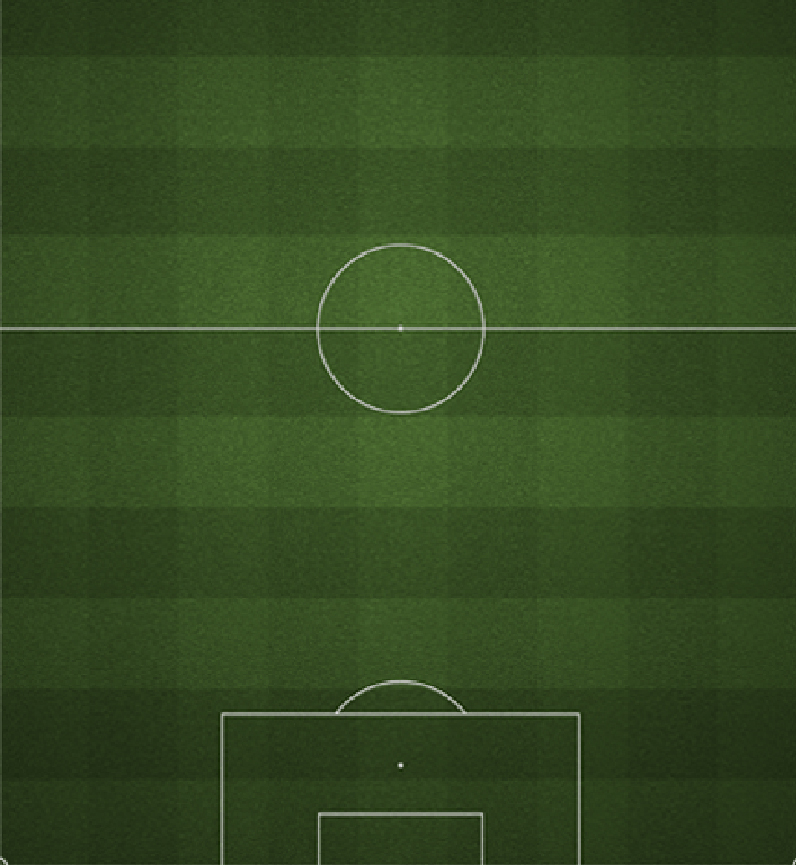
Right Back
Centre Back
Centre Back
Left Back
Right Midfielder
Left Midfielder
Striker
Striker
Centre Midfielder
Goalkeeper
Centre Midfielder
Goalkeeper
Striker
Right Winger
Left Winger
Right Back
Centre Back
Centre Back
Left Back
Centre Midfielder
Centre Midfielder
Goalkeeper
Centre Midfielder
Centre Midfielder
Wing Back
Wing Back
Centre Back
Libero/Sweeper
Centre Back
Centre Forward
Striker
Goalkeeper
Right Back
Centre Back
Centre Back
Right Midfielder
In The Hole (No.10)
Striker
Left Back
Left Midfielder
Striker
Holding (Defensive) Midfielder
Goalkeeper
Right Back
Centre Back
Centre Back
Left Back
Centre Midfielder
Centre Midfielder
Centre Midfielder
Centre Forward
Left Midfielder
Right Midfielder
Goalkeeper
Centre Back
Centre Back
Centre Back
Centre Midfielder
Centre Midfielder
Centre Midfielder
Wing Back
Wing Back
Striker
Centre Forward
Goalkeeper
Right Back
Left Back
Centre Back
Centre Back
Holding (Defensive) Midfielder
Holding (Defensive) Midfielder
In The Hole (No.10)
Striker
Left Winger
Right Winger
Goalkeeper
Centre Back
Centre Back
Centre Midfielder
Centre Midfielder
Centre Midfielder
Striker
Centre Forward
In The Hole (No.10)
Left Back
Right Back
Goalkeeper
Holding (Defensive) Midfielder
Striker
Centre Forward
Left Back
Centre Back
Centre Back
Right Back
Holding (Defensive) Midfielder
Goalkeeper
Left Back
Centre Back
Centre Back
Right Back
Centre Midfielder
Centre Midfielder
Holding (Defensive) Midfielder
Right Midfielder
Left Midfielder
Striker
Centre Back
Libero/Sweeper
Centre Back
Centre Midfielder
Centre Midfielder
Left Midfielder
Right Midfielder
Striker
Striker
Centre Forward
Goalkeeper
Centre Back
Centre Back
Libero/Sweeper
Left Midfielder
Centre Midfielder
Centre Midfielder
Right Midfielder
In The Hole (No.10)
Centre Forward
Striker
Goalkeeper
Goalkeeper
Left Back
Centre Back
Centre Back
Right Back
Holding (Defensive) Midfielder
Centre Midfielder
Centre Midfielder
Striker
Centre Forward
Goalkeeper
Centre Back
Centre Back
Left Back
Right Back
Centre Midfielder
Centre Midfielder
Centre Midfielder
Right Winger
Left Winger
Striker
Goalkeeper
Centre Back
Centre Back
Left Back
Right Back
Left Midfielder
Centre Midfielder
Centre Midfielder
Right Midfielder
In The Hole (No.10)
Centre Forward
Watch & Read
Watch & Read
Latest training
Other Content
Get More
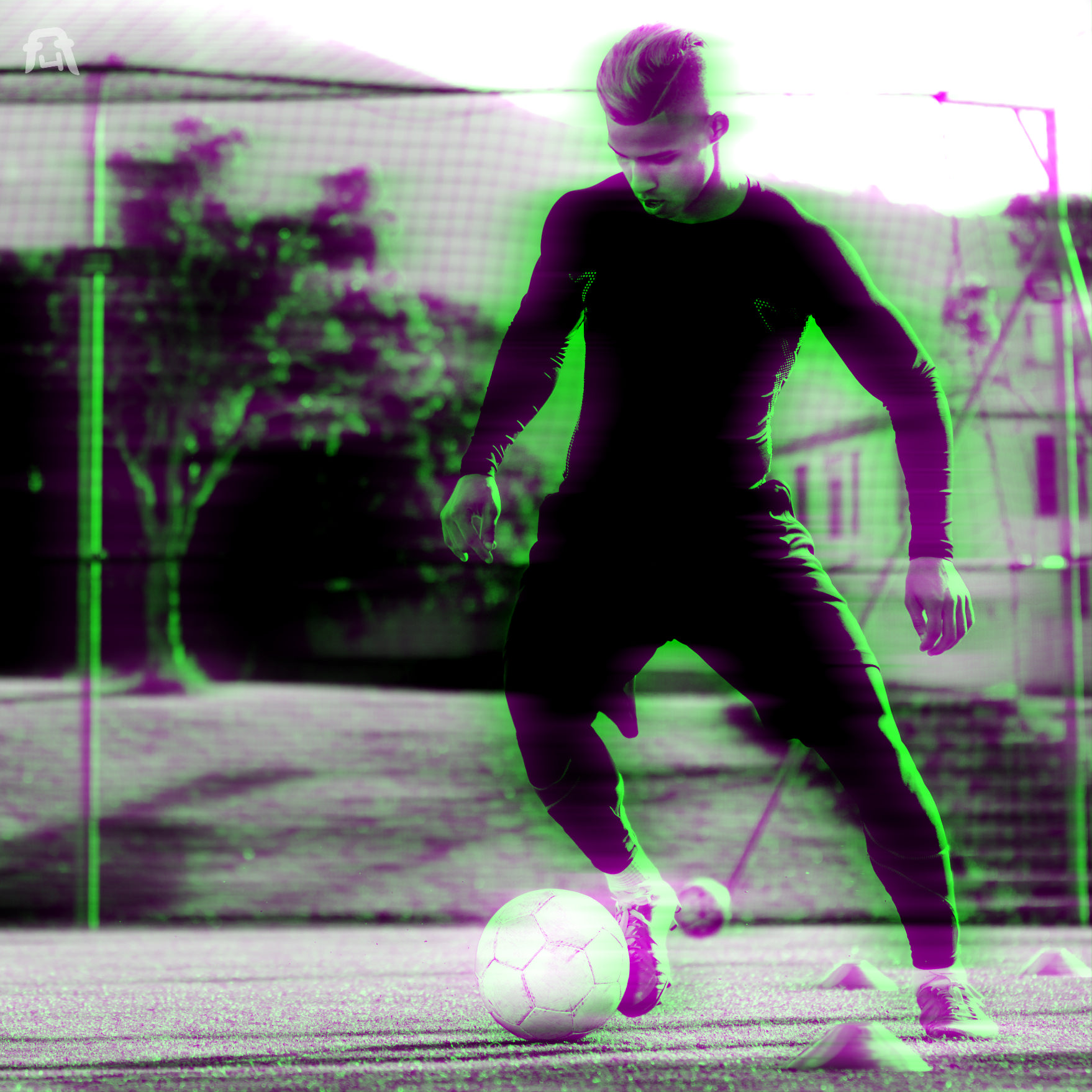
snug hug
Why footballers use compression clothing

talent
It's no surprise that Morrison could be in for a shock return

on a mission
Why is the Nike PhantomVNM for strikers?
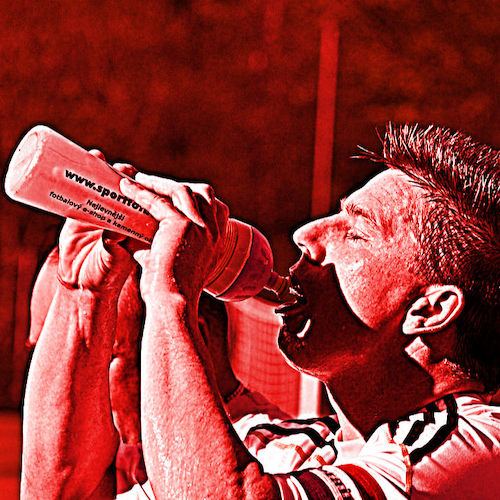
the difference
Play football? - Don't use the wrong sports drink

explosive power
Why muscles at the back of the leg are important for football


